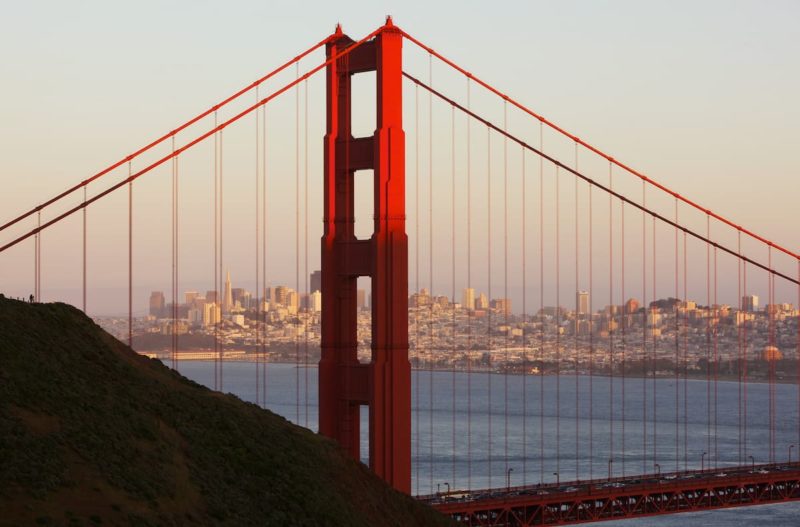Cable cars climbing up steep hills, city lights over Alamo Square’s “Painted Ladies,” the bright orange of the Golden Gate Bridge at sunset – these are the images that stand out when we think of San Francisco, and they’re the ones that draw travelers to the Golden City year after year.
“San Francisco’s number one attribute based on consumer research is our scenic beauty, so sharing that beauty with potential visitors to inspire travel is a key part of our marketing strategy,” says Lynn Bruni-Perkins, Vice President of Global Marketing Communications for the San Francisco Travel Association.
San Francisco Travel’s website and social media accounts are packed with bright, colorful images. (It’s no wonder they made our list of the best travel brands to follow in 2017!)
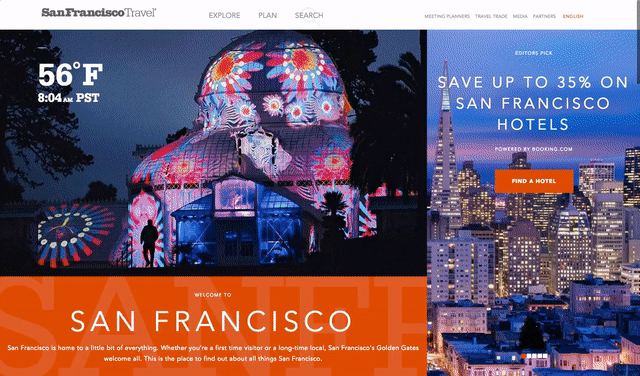
Bruni-Perkins says she and her team see a major uptick in engagement on social media when they use photos and videos versus just text. Website visitors spend longer on a page when it is visually engaging.
“Visual storytelling enables us to show the depth and breadth of what San Francisco has to offer in an emotional, visually arresting way,” says Bruni-Perkins.

The Importance of Easy Access to Visual Content
Because visual assets are a crucial part of the San Francisco Travel Association’s marketing and public relations strategy, they need to be easy to find and use.
“Making our visual content easily accessible to those who are creating content as well as media/journalists is key to managing the brand story,” says Bruni-Perkins.
Bruni-Perkins and her team use PhotoShelter to store and organize their visual assets. The cloud-based media library makes it easy for staff members, stakeholders and media partners to find just the right visual asset for a project.
Plus, it helps the San Francisco Travel team keep up with the demand for assets. Their media library has seen nearly 2,000 downloads in the past 90 days.
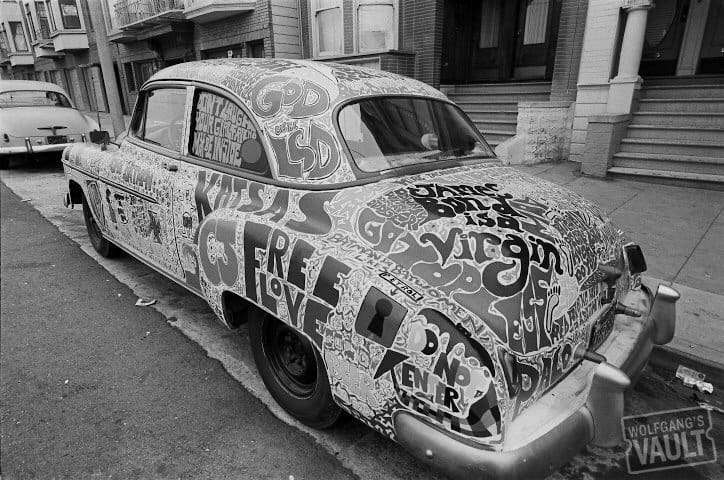
Case Study: Summer of Love 2017
Let’s take a closer look at this process.
Right now, San Francisco is celebrating the 50th anniversary of 1967’s Summer of Love. The San Francisco Travel team created a guide to all of the psychedelic festivities, from Volkswagen bus tours to the “On the Road to the Summer of Love” exhibit at the California Historical Society.
As part of their promotions, they made a gallery of archive images available to staff, stakeholders and media partners.

The photos all have relevant captions and keywords, so anyone searching for a particular keyword can quickly find the perfect photo and anyone using the photos can include the context and photo credit.
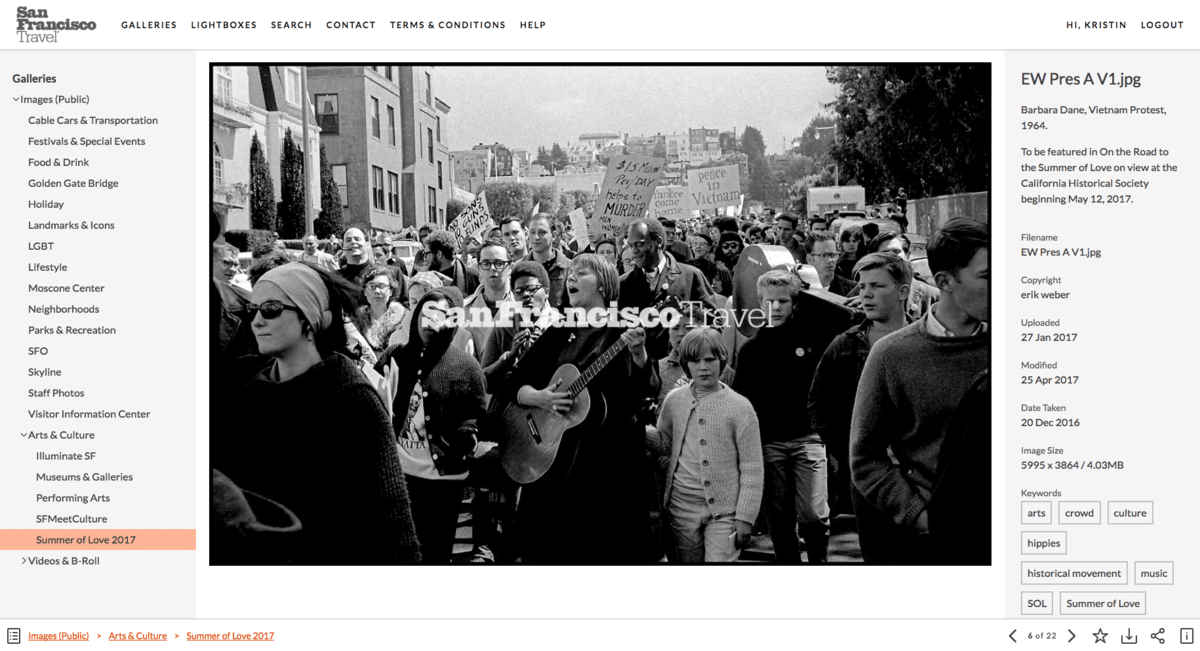
Making the photos easy to find opens the door to a wide range of storytelling opportunities, both internally and externally.
Check out this video featuring the photos on San Francisco Travel’s YouTube channel:
And this clip featuring one of the images in an NBC News story:
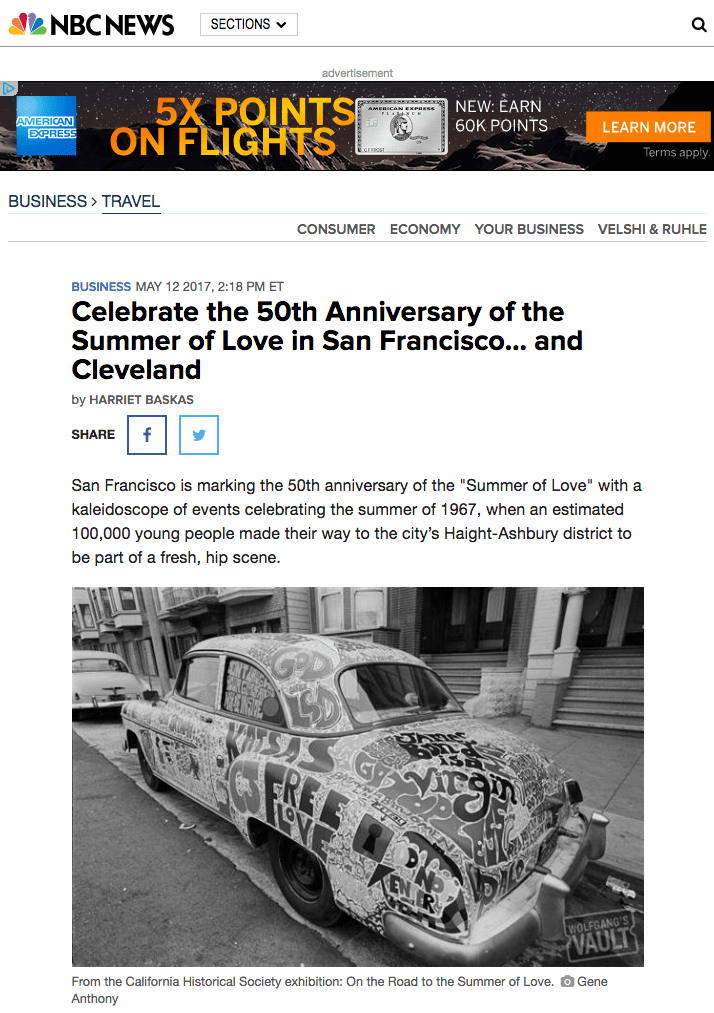
When your visual assets are easily accessible, your team members and external partners can find new and exciting ways to use them to tell your brand’s story.

The Impact of One Centralized Media Library
While the San Francisco Travel Association sources visual assets from staff members, local photographers, influencers and social media, all of the organization’s photos and videos live in one centralized media library.
This is critical because everyone who needs assets has one go-to place to look for the files they need.
The library is organized by subject matter, so it’s easy to browse and see what’s available at a glance. If a local newspaper reporter needs a photo for a story about San Francisco’s food culture, they can quickly navigate to the “Food & Drink” gallery. If a network television producer needs video clips for a story on an uptick in travel to San Francisco, they can go straight to the “B-Roll” gallery.
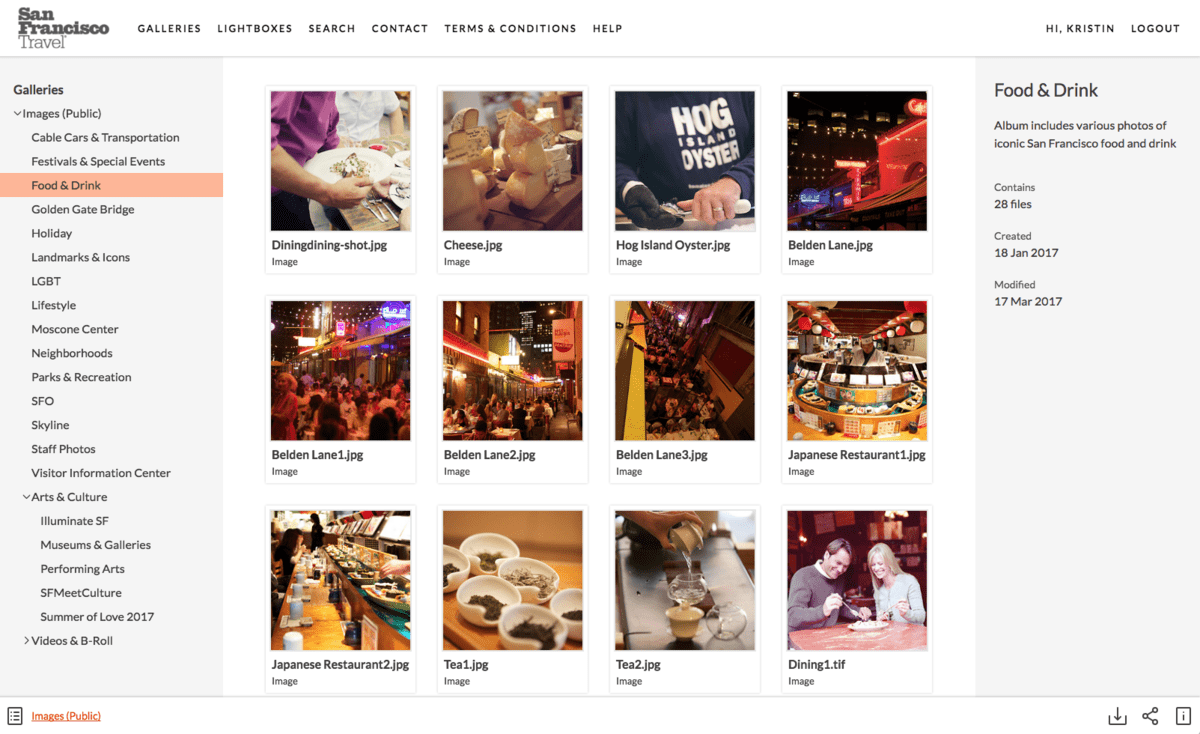
The assets are also tagged with relevant metadata, so visitors can run a quick search for a keyword like “Golden Gate Bridge” and return a range of results.
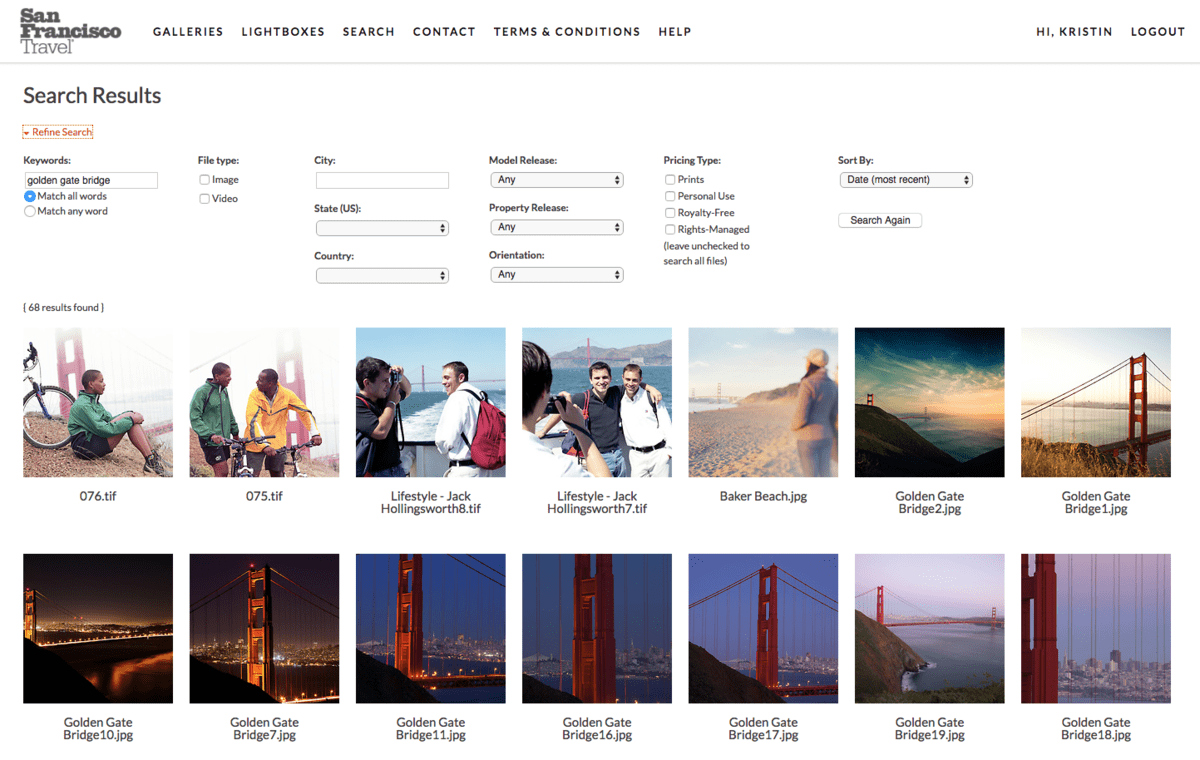
When everything is stored one well-organized location, your team reduces the risk of losing assets and using the same assets over and over, just because they’re the easiest ones to find.

Accessible, But Protected
While many of the team’s assets need to be made available to a wide range of stakeholders, they also prioritize security.
“We have spent a lot of money and time securing the best possible images of our destination’s icons and attributes,” says Bruni-Perkins.
The team uses watermarks to ensure that their assets can’t be used unless people adhere to their usage guidelines.
And, while many of their galleries are visible to the public, the team also has a number of private galleries that are only visible to internal staff members.
These security measure help the San Francisco team control their brand’s story and protect their investment in visual content.
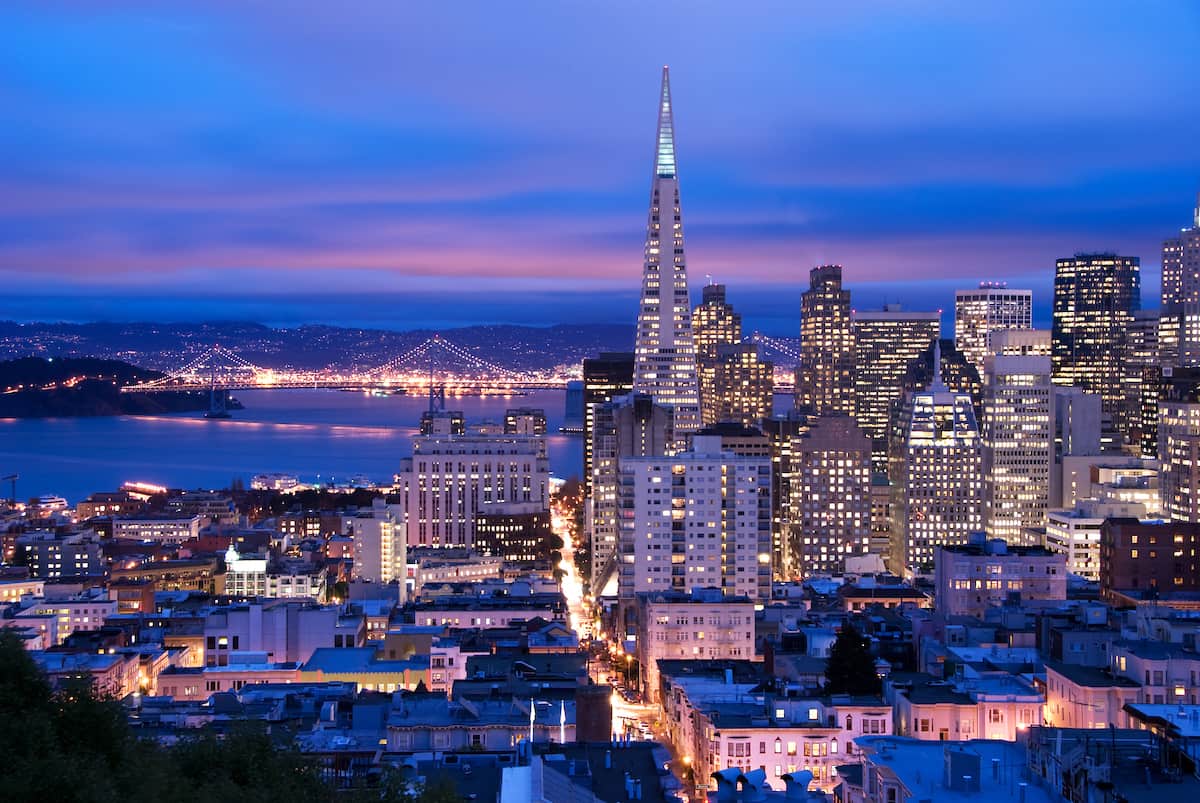
The Takeaway
Strong visual storytelling can inspire travelers to book a ticket to your destination. Travel brands like the San Francisco Travel Association that make their visual assets easily accessible are seizing more opportunities to tell their story and getting the most return on their investment in visual content.
More stories you’ll love:
- Hospitality and Travel Brands: Enter to Win the Pioneer in Visual Storytelling Award
- 13 Tips for Sourcing, Managing and Sharing User Generated Content
- The Best Travel Brands to Follow on Social Media in 2017
- Video Case Study: ATTA’s Real Time Visual Storytelling Workflow at the Adventure Travel World Summit in Alaska
- Case Study: How Visit Greenland is Reclaiming Its Storytelling with Digital Asset Management
Cover photo by Scott Chernis, San Francisco Travel Association.
